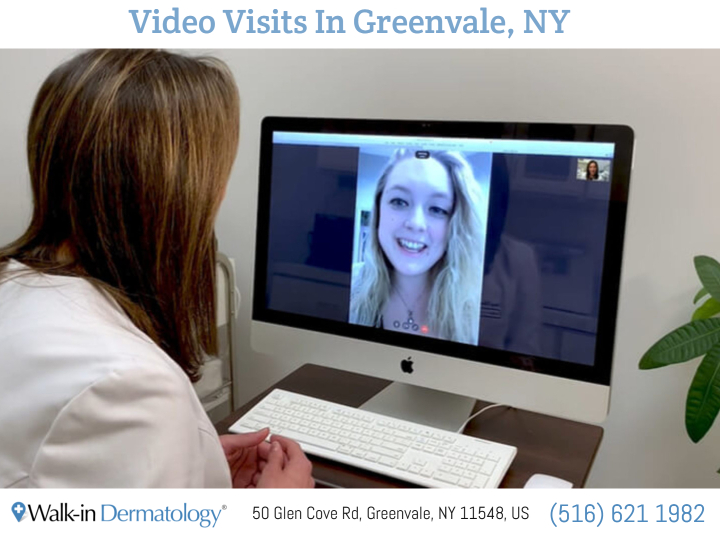Tues: 8:30am - 3:00pm
Wed: 12:00pm - 6:00pm
Thurs: 8:30am - 3:00pm
Fri: Closed
Sat: 8:30am - 12:30pm
Sun: Closed
Greenvale, NY 11548
Can I See a Dermatologist Without Referral?


Many health care plans require you to get a referral from a primary care physician to see a dermatologist.
If you pay for medical services out of pocket, you can see any physician you desire, but health insurance works differently when it comes to seeing a specialist like a dermatologist. This is true in New York and throughout the United States. You don’t absolutely need a referral to see a dermatologist, however, your health insurance company may not cover the visit without a referral.
Let’s walk through several scenarios, keeping in mind that often a telephone call with your referring physician – and not necessarily an in-person visit – may be sufficient to get the referral authorization you need.
First, a referral is a written order from your primary care provider for you to see a specialist. This referral is simply another way insurance companies try to control their costs by verifying there is a legitimate need for a patient to see a specialist. You can review your health insurance policy or contact your insurance provider for the specific requirements of your coverage. If you call an insurance provider, be sure to get their answer in writing and keep that document for your records.
With an HMO plan (Health Maintenance Organization), you choose a primary care physician from a list of doctors in the HMO’s network. If you experience a skin condition, you first visit your primary care physician, and if the doctor cannot treat your condition you would then receive a referral to a dermatologist in the HMO’s network.
Without a referral, your insurance company may not pay for dermatology services – leaving you with the bill. And if you see a dermatologist who is not in the HMO’s network, you’ll pay a higher out-of-network amount for your dermatology visit.
If your insurance coverage is part of a PPO (Preferred Provider Organization), you’ll also need a referral from your primary care physician to see a dermatologist. PPOs contract with physicians to provide certain services at a certain price. Again, this is a way insurance companies control their costs.
The same applies for people on Medicaid. You would first visit your primary care doctor, get a referral if necessary, and then see a dermatologist who participates in Medicaid.
Some people do not have a family doctor or primary care physician. These patients can visit a walk-in clinic to ask for a dermatologist referral. Depending on your health insurance plan, you may still need supporting documentation from another physician.
While it may seem like a hassle for people to take the extra step of visiting or talking with their doctor before they can get the care they need from a dermatologist, there are some advantages for patients:
- Your primary care physician already knows your medical history, physical or chronic conditions and any medications you take. All this information can be quickly transmitted to your dermatologist, saving you time and resulting in better overall care.
- The co-pay for seeing your primary doctor and a dermatologist is going to be far less expensive than a trip to the emergency room, where you could be waiting for hours to see a doctor who will finally refer you to a dermatologist, anyway.
- Staff at your primary care doctor’s office should be able to help you find an in-network dermatologist so your insurance plan will cover the bulk of any fees.
In many parts of New York and throughout the country, even after they get a referral patients might have to wait weeks before they can see a board-certified dermatologist. That’s no longer necessary.
At Walk-in Dermatology, patients can see a board-certified dermatologist, either by coming directly to the office or scheduling a Video Visit, where you can see a dermatologist with an online video conference and you don’t have to leave the house. No delays.


Read more: Can You Go to Urgent Care for Dermatology?








